AFB Culture(Rapid Method)
₹1,000.00
AFB Culture(Rapid Method)
Report Delivery: 20 Days
Price: Rs 1000
Description
Most samples that are submitted for acid-fast bacilli (AFB) testing are collected because the health practitioner suspects that a person has tuberculosis (TB), a lung infection caused by Mycobacterium tuberculosis. Mycobacteria are called acid-fast bacilli because they are a group of rod-shaped bacteria (bacilli) that can be seen under the microscope following a staining procedure where the bacteria retain the color of the stain after an acid wash (acid-fast). AFB laboratory tests detect the bacteria in a person’s sample and help identify an infection caused by AFB. There are a several types of AFB that may be detected with this testing; however, the most common and medically important ones are members of the genus Mycobacterium. Mycobacterium tuberculosis is one of the most prevalent and infectious species of mycobacteria. AFB is done very accurately at GoodDays Diagnostic Center at Chinsurah, Hooghly Since TB is transmitted through the air when an infected person sneezes, coughs, speaks, or sings, it is a public health risk. It can spread in confined populations, such as in the home and schools, correctional facilities, and nursing homes. Those who are very young, elderly, or have preexisting diseases and conditions, such as AIDS, that compromise their immune systems tend to be especially vulnerable. AFB testing can help track and minimize the spread of TB in these populations and help determine the effectiveness of treatment. Another group of mycobacteria referred to as nontuberculous mycobacteria (NTM) can also cause infections. However, only a few of the more than 60 species of mycobacteria that have been identified cause infections in humans. Some examples include Mycobacterium avium-intracellulare complex (MAC), which can cause a lung infection in people with weakened immune systems, and Mycobacterium marinum, which can cause skin infections. (See the article on Nontuberculous Mycobacteria for more details on different types). In addition to TB, AFB testing can help identify infections caused by these nontuberculous mycobacteria. AFB laboratory tests include: AFB smear — a microscopic examination of a person’s specimen that is stained to detect acid-fast bacteria. This test can provide presumptive results within a few hours. It is a valuable tool in helping to make decisions about treatment while culture results are pending. Molecular tests for TB (nucleic acid amplification test, NAAT) — detect the genetic components of mycobacteria and are often done when the AFB smear is positive or TB is highly suspected. Like AFB smears, they can provide a presumptive diagnosis, which can aid in the decision of whether to begin treatment before culture results are available. Results of NAAT are typically available several hours after a sample is collected. AFB cultures to grow the bacteria are set up at the same time as the AFB smears. Though more sensitive than AFB smears, results of cultures may take days to several weeks. Susceptibility testing on the acid-fast bacteria grown in the cultures that are positive will determine the organism’s susceptibility or resistance to drugs most commonly used to treat the infection. How is the sample collected for testing? Since M. tuberculosis and M. avium most frequently infect the lungs (pulmonary disease), sputum is the most commonly tested sample. Sputum is phlegm, thick mucus that is coughed up from the lungs. Usually, three early morning samples are collected on consecutive days in individual sterile cups to increase the likelihood of detecting the bacteria. If a person is unable to produce sputum, a health practitioner may collect respiratory samples using a procedure called a bronchoscopy. Bronchoscopy allows the health practitioner to look at and collect samples from the bronchi and bronchioles. Once a local anaesthetic has been sprayed onto the patient’s upper airway, the practitioner can insert a tube into the bronchi and smaller bronchioles and aspirate fluid samples for testing. Sometimes, the health practitioner will introduce a small amount of saline through the tubing and into the bronchi and then aspirate it to collect a bronchial washing. Since young children cannot produce a sputum sample, gastric washings/aspirates may be collected. This involves introducing saline into the stomach through a tube, followed by fluid aspiration. If the health practitioner suspects TB is present outside of the lungs (extra pulmonary), a condition fairly common in AIDS patients, he or she may test the body fluids and tissues most likely affected. For instance, one or more urine samples may be collected if the practitioner suspects TB has infected the kidneys. A needle may use to collect fluid from joints or from other body cavities, such as the pericardium or abdomen. Occasionally, the practitioner may collect a sample of cerebrospinal fluid (CSF) or perform a minor surgical procedure to obtain a tissue biopsy. Is any test preparation needed to ensure the quality of the sample? No test preparation is needed.
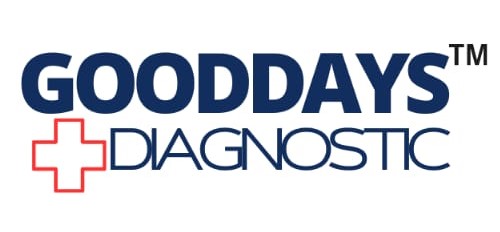

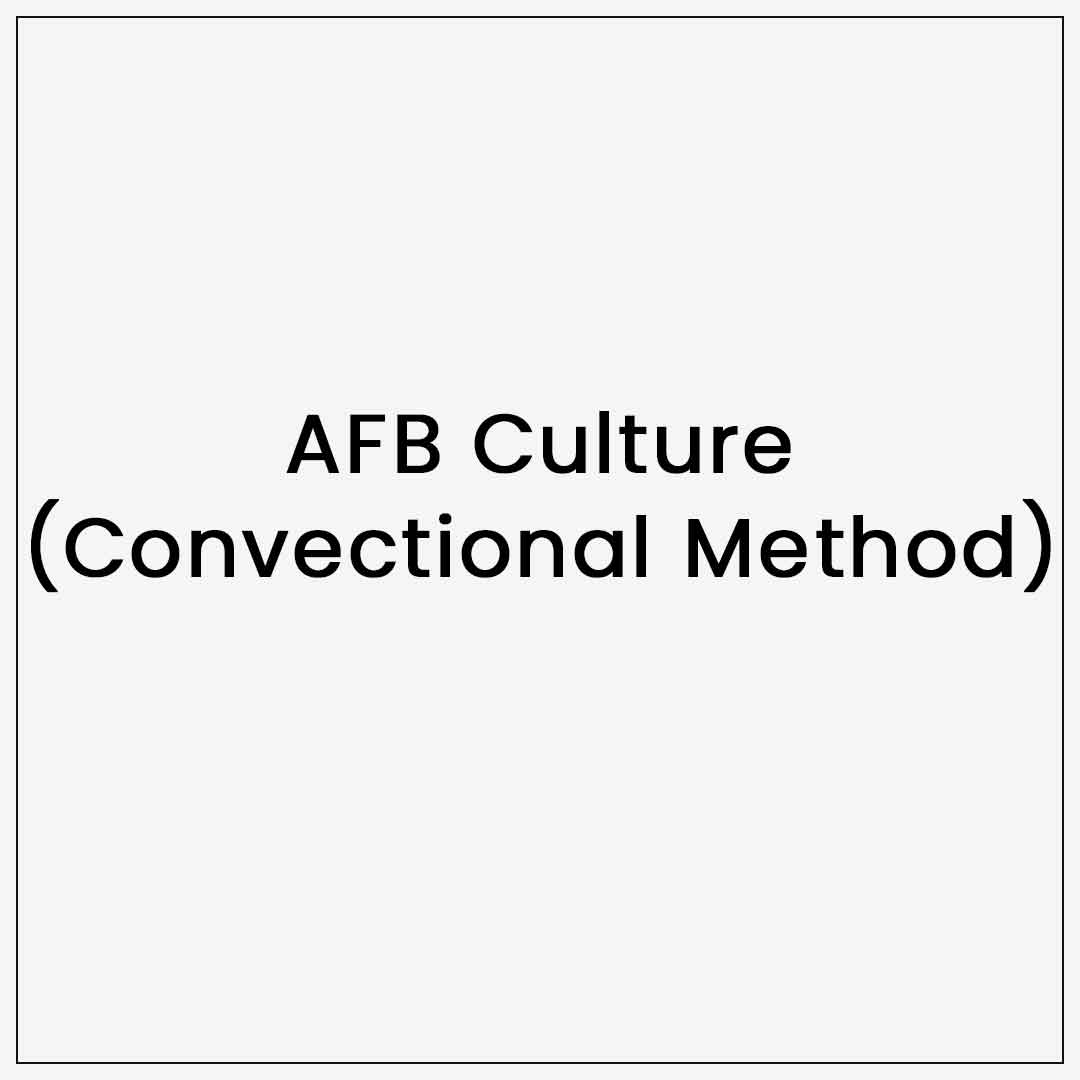
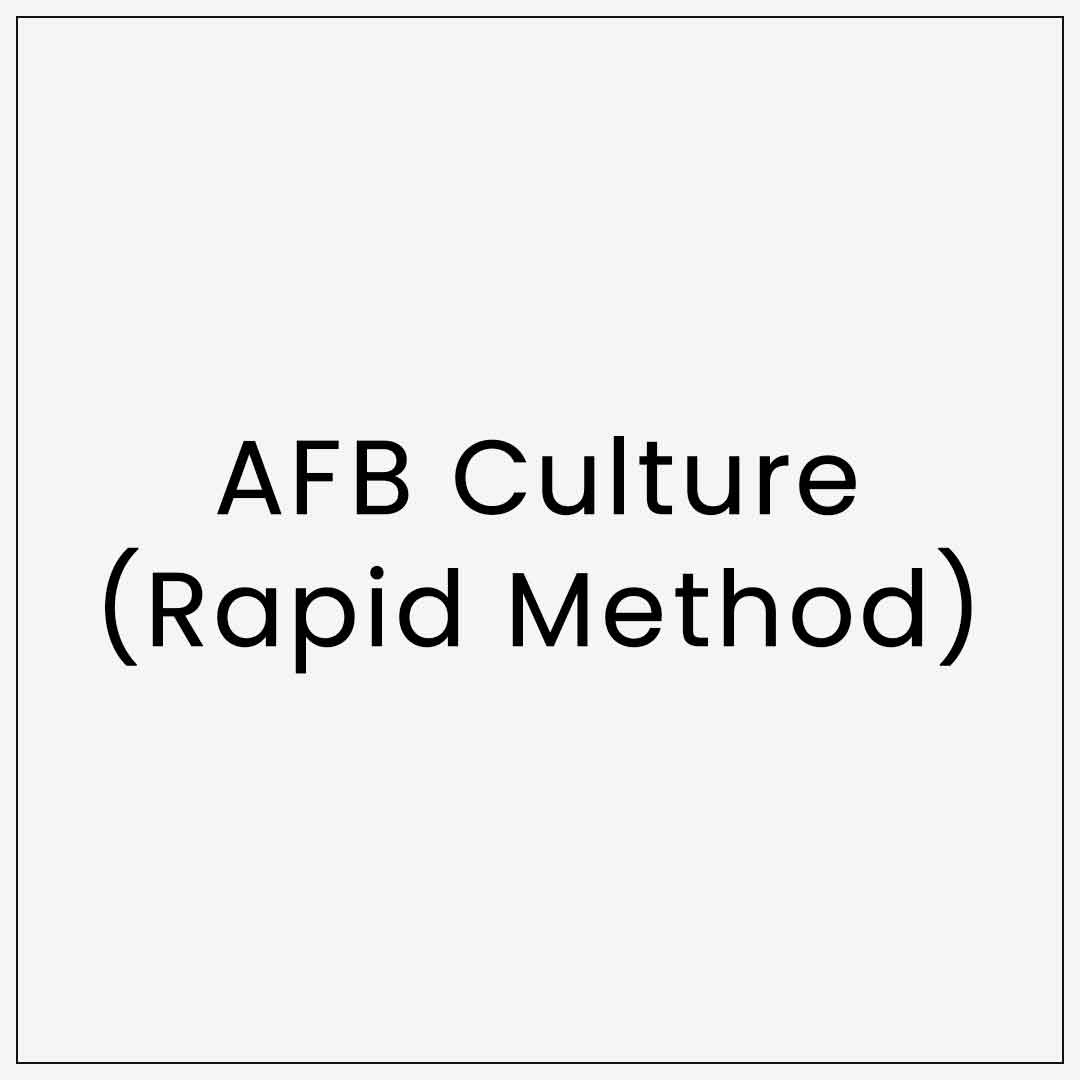

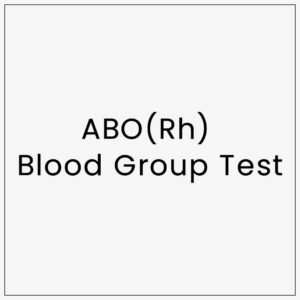
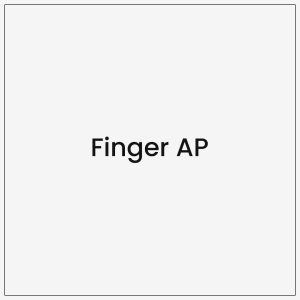

Reviews
There are no reviews yet.